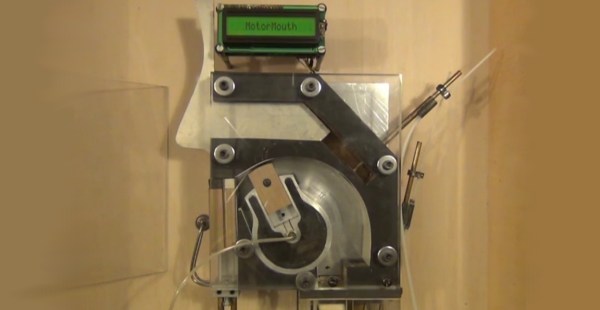The International Journal of PoC||GTFO is the hacker quarterly we all deserve. It’s Pastor Manul Laphroaig’s publication featuring crazy exploits and builds and neat woodcut illustrations. It’s going to be a freakin’ dead tree book published by No Starch Press. The word on the street is this is a literal bible. No, really. No Starch found a place that publishes (manufactures?) bibles, and they sent over the PDFs. There will probably be a Hackaday review of this book, but since all the content is freely available online, this review will literally only be judging a book by its cover.
Hoverboards are more innovative than a selfie stick. The snuggie is an innovative product. The iPhone came before greek yogurt. These are the findings of an online consumer research poll being held by CB Insights. As of this writing (and it might be updated by the time this is published), the bracket for the ‘Most Innovative Consumer Product Since The iPhone’ is down to two competitors — the Tesla Model S and the Raspberry Pi. That’s more opinion than anything, but check out the bracket. The Amazon Echo is more innovative than the ‘desktop 3D printer’, which as we all know was invented by MakerBot. The Dollar Shave Club — otherwise known as giving away the razor and selling subscriptions for the blades — is innovative. Taco Bell didn’t make it past the first round. What the hell is going on here?
This robot plays tiddlywinks. What’s tiddlywinks? It’s that game where you put your hand down on a table and stab a knife between your fingers. It’s a test of fine motor skills and courage, or in this case, programming. This robot also plays tiddlywinks.
This is a Kickstarter for an FPGA’d ZX Spectrum. With the blessing of Sky UK — the owner of the Amstrad brand — this team is cloning the ZX Spectrum, adding HDMI and SD card storage, creating a new enclosure, and calling this project the Spectrum Next. It’s fully compatible with the original and future proofs the Speccy for another few decades.
The Internet of Things comes to alcohol. This vodka comes with a wrap-around LED display that apparently has Bluetooth and is programmable with an iPhone or Android device. Why does this exist? Because it’ll sell. [Bryan Williams] bought one of these bottles and sent this in on the tip line. He’s currently waiting for the batteries to die so he can bust out the Dremel. If anyone else out there wants to check this out, it’s $11 at Sam’s Club.
Need a Z80 C compiler? Here you go.
Clickspring, the guy who has put far, far too much effort into building a clock is now working on the Antikythera Mechanism. His latest video demonstrates how the main plates of the Antikythera mechanism come together. There’s some interesting stuff here, but we’re really waiting for the main gears.
YouTube is well known for the technical astuteness of its community and the fair and level-headed comment section. This, for a short time, was one of the top trending videos on YouTube. It’s ‘free energy’ from two power strips. All you need to do is coil the leads of the power strips around each other. Free intermittent energy for life!

















